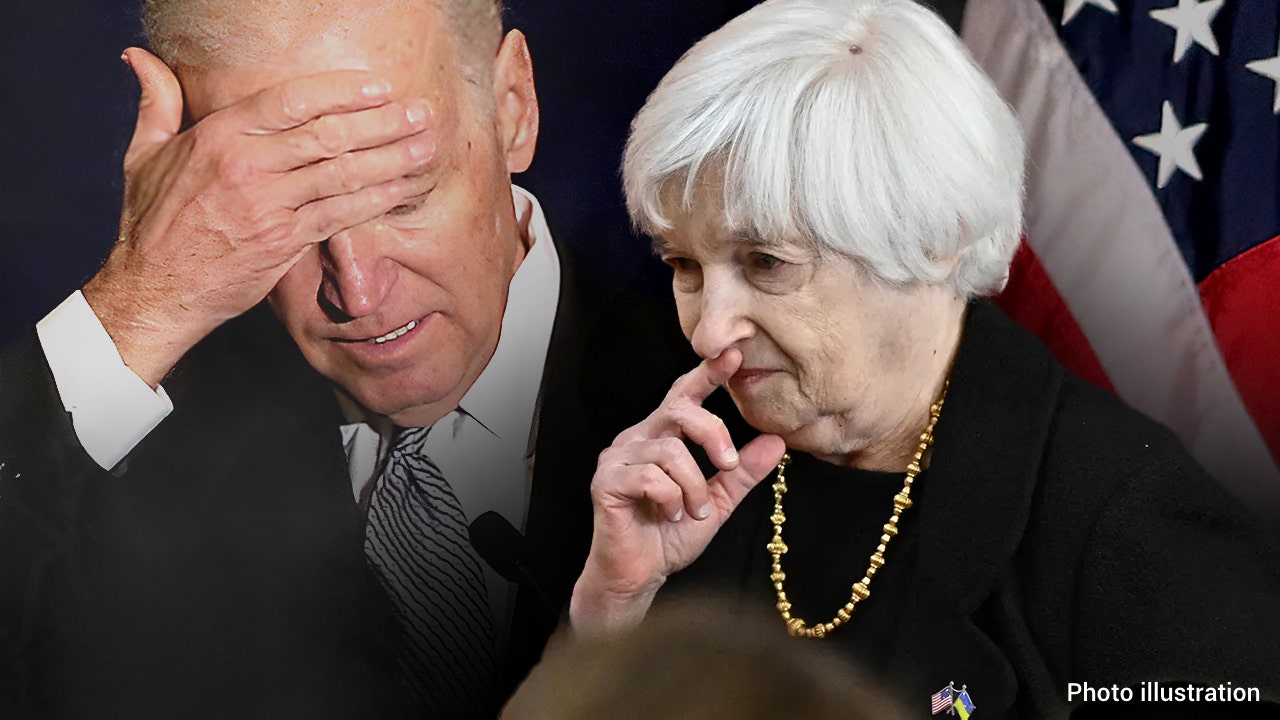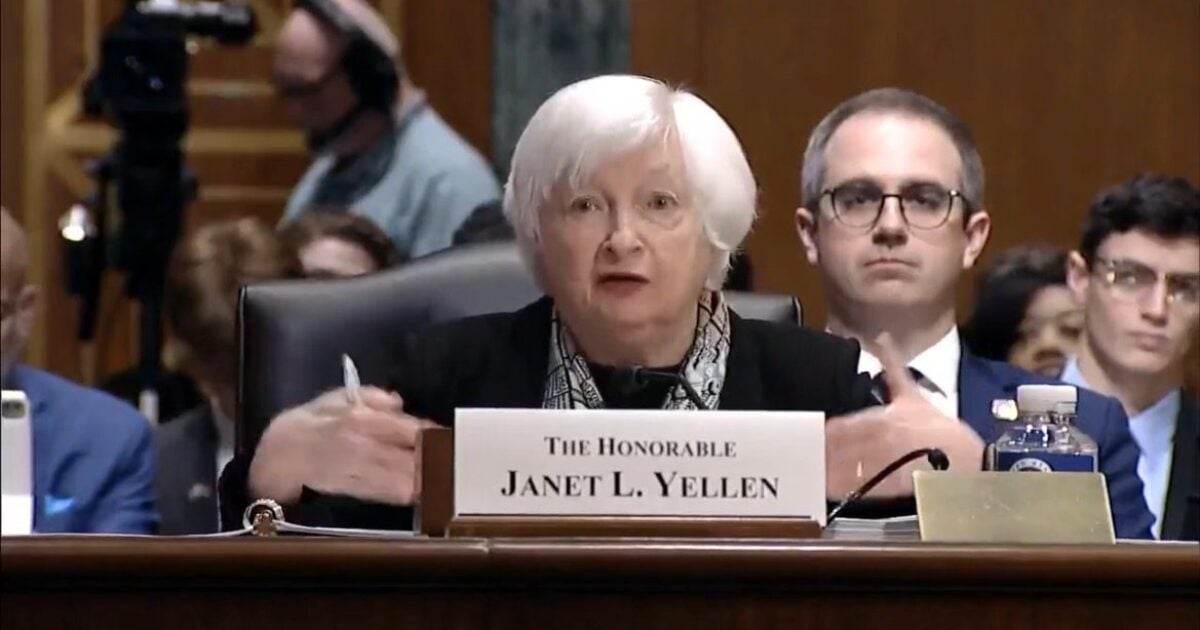No 'feelings', no 'emotion', no petty TDS Trump obsession, just put economic FACT:
WHY DID SVB COLLAPSE?
SVB's collapse came suddenly, following a frenetic 48 hours during which customers yanked deposits from the lender in a classic run on the bank.
But the root of its demise goes back several years. Like many other banks, SVB ploughed billions into US government bonds during the era of near-zero interest rates.
What seemed like a safe bet quickly came unstuck, as the Federal Reserve hiked interest rates aggressively to tame inflation.
When interest rates rise, bond prices fall, so the jump in rates eroded the value of SVB's bond portfolio. The portfolio was yielding an average 1.79% return last week, far below the 10-year Treasury yield of around 3.9%, Reuters reported.
At the same time, the Fed's hiking spree sent borrowing costs higher, meaning tech startups had to channel more cash towards repaying debt. At the same time, they were struggling to raise new venture capital funding.
That forced companies to draw down on deposits held by SVB to fund their operations and growth.
What sparked the bank run?
While SVB's problems can be traced back to its earlier investment decisions (investments in govt bonds BEFORE the Fed stateted raising interest rates in an attempt to tame Biden's inflation), the run on the bank was triggered Wednesday when the lender announced that it had sold a bunch of securities at a loss and would sell $2.25 billion in new shares to plug the hole in its finances.
That set off panic among customers, who withdrew their money in large numbers.
The bank's stock plummeted 60% Thursday and dragged other bank shares down with it as investors began to fear a repeat of the global financial crisis a decade and a half ago.
By Friday morning, trading in SVB shares was halted and it had abandoned efforts to raise capital or find a buyer. California regulators intervened, shutting the bank down and placing it in receivership under the Federal Deposit Insurance Corporation, which typically means liquidating the bank's assets to pay back depositors and creditors."
What sparked the bank run?
The speedy bank run has raised questions about the fragility of financial institutions in a digital environment marked by easy cash withdrawals and the spread of information on social media and other spaces online, where panic among a few can grow into a stampede for the exit.
Such a possibility, known as a digital bank run, heightens the risk of a sudden, widespread cash withdrawal, especially among a group of depositors who share an industry and social ties -- like the depositors in Silicon Valley Bank, experts told ABC News.
"This was the first Twitter-fueled bank run," Rep. Patrick McHenry, R-N.C., the chair of the House Financial Services Committee, said in
a statement days after the fall of Silicon Valley Bank.
The group of depositors in Silicon Valley Bank was made up of a relatively small set of venture capital firms, tech startups and other large investors.
After a woeful financial report last Wednesday set off concern, some of the depositors discussed their reactions in WhatsApp and Slack groups devoted to startups, the
Wall Street Journal reported.
Meanwhile, several prominent venture capitalists and other major investors voiced their concern on Twitter, amplifying fears of a collapse.
Michael Burry, an investor best known for predicting the subprime mortgage crisis in 2008, warned in a
now-deleted tweet: "It is possible today we found our Enron."
On Thursday, shares of Silicon Valley Bank fell 60% in response to concern about the bank's distressed financial position.
By the early afternoon, the sudden decline of the bank took over online discussions among startup founders, according to entrepreneur Alexander Torrenegra.
"All of my chats with tech founders in the US light on fire with what's happening," Torrenegra
recounted on Twitter. "Obviously, we have a bank runoff. Surreal."
Founders Fund, a venture capital fund led by billionaire investor Peter Thiel, withdrew all of its deposits that day,
Bloomberg reported.







